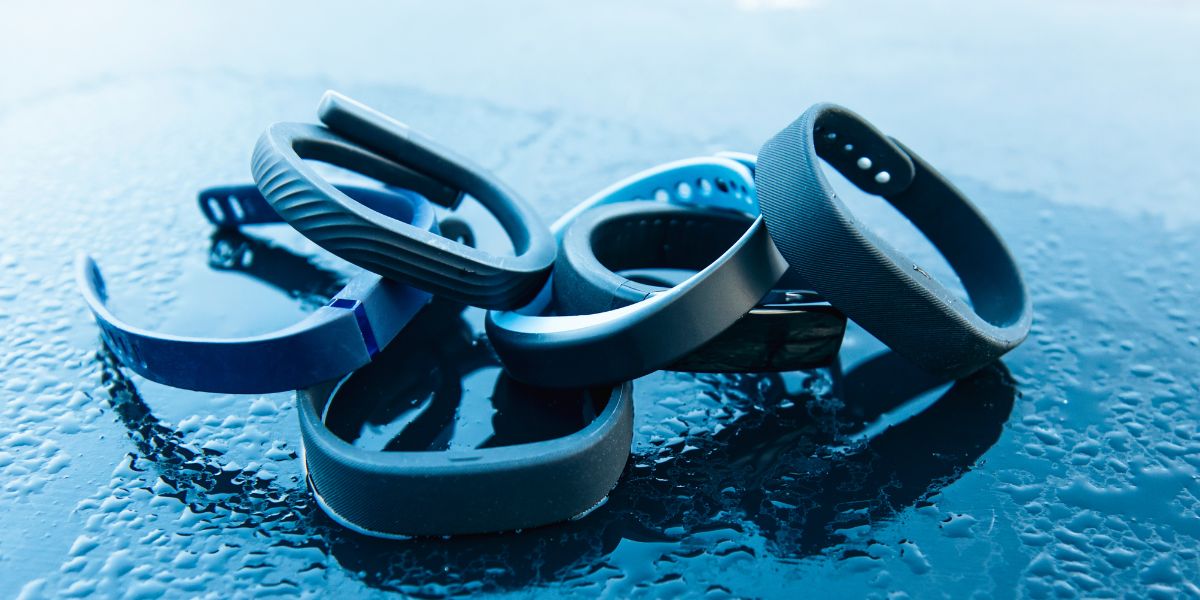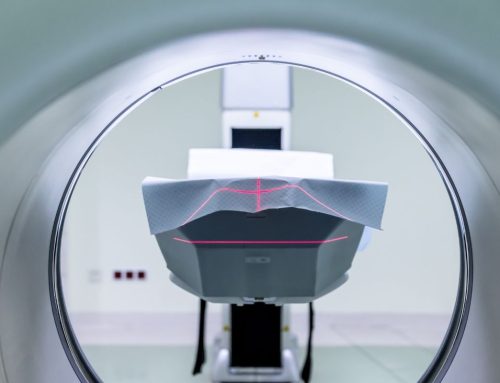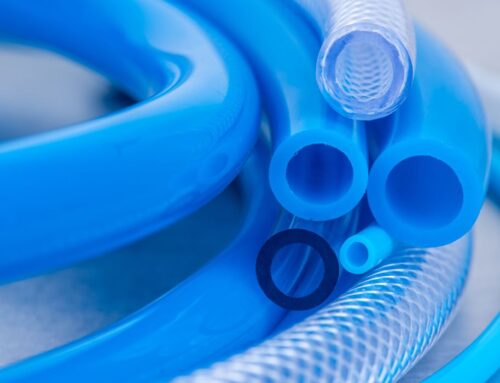The idea of wearable technology first appeared in the 1960s, when Japanese Dr Iwao Ohya collaborated with a clock engineer to invent the step-meter. Worried that people in Japan were not active enough in the year leading up to the 1964 Olympic Games in Tokyo, Dr Ohya proposed everyone should walk 10,000 steps a day. This led to the development of the pedometer, the first portable, wearable medical technology and the basis for modern health trackers.
The use of rubber in medical device manufacturing enhances the functionality and user experience of many devices. When it comes to wearables, in particular, it allows companies and entrepreneurs to make their products more innovative and comfortable for wearers.
Where Wearables Are Going
Wearable devices currently cater to a range of health needs, including chronic disease management, fitness monitoring, and medication delivery. Companies like Fitbit, Garmin, and Medtronic are at the forefront of the sector, which is slated to grow significantly over the next few years.
Latest reports show the wearables market is already valued in the billions, with a high compound annual growth rate. Projections indicate robust growth in both the short and long term, thanks to advancements in technology, an aging population, and a growing emphasis on preventive healthcare.
Working with Rubber in Wearable Devices
Rubber is used in wearable medical devices because of its unique properties, such as flexibility, durability, and biocompatibility. These characteristics make rubber ideal for devices that have prolonged skin contact or exposure to environmental conditions. Types of rubber used include:
- Silicone, known for its flexibility and biocompatibility,
- Natural rubber, and
- Thermoplastic elastomers.
Designers of healthcare wearables pay attention to ensuring the device is comfortable for long-term wear, durable against environmental factors, and does not provoke skin irritations or allergies. Manufacturing techniques to achieve this include processes such as injection molding, which allows for the creation of complex shapes, and extrusion, suited for producing continuous rubber profiles. Each type of material and process used is chosen to address specific device requirements, and offers benefits and disadvantages.
Benefits and Disadvantages of Using Rubber Materials
Rubber’s softness and flexibility enhance the comfort and wearability of medical devices, which is crucial for devices worn for extended periods. It withstands environmental factors such as water, heat, and UV light, ensuring the longevity of wearable devices. The product’s compatibility with human skin makes it an ideal choice for devices that come into direct contact with the body.
However, high-quality rubber materials can be costly, impacting the overall production budget. Additionally, the production and disposal of medical rubber products can sometimes raise environmental questions, necessitating the exploration of more sustainable practices.
Wearable designers can address these issues by working with our team of experts to determine the most cost-effective material to use and ways to minimize environmental impact.
Future Trends and Innovations
The future of rubber in wearable medical devices looks promising, with ongoing research into new rubber compounds offering enhanced properties, such as improved biocompatibility and better environmental resistance. The industry is moving continuously towards more sustainable and eco-friendly rubber materials, aiming to reduce the ecological impact of wearable medical technologies.
Improving Patient Care
Rubber materials play a crucial role in the development of wearable medical technology, offering comfort, durability, and biocompatibility benefits. As the market continues to grow, companies and entrepreneurs have an opportunity to leverage these materials to create innovative and effective wearable medical devices. Embracing these challenges and opportunities can lead to advancements that improve patient care and health monitoring.
For more information about using rubber in your medical device manufacturing, contact MWRC for design assistance. Our expertise and commitment to quality enable us to help you make the right rubber choices for your products.



